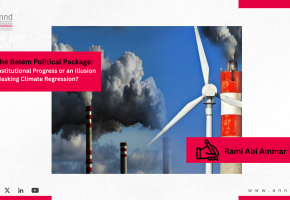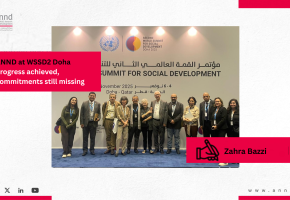

Introduction: Private sector and investment in Arab countries - Download Full Report
The private sector as a principal engine behind the development process is an old notion that gained ground during the last two decades. Post 2015, international organizations targeted the private sector to fulfill the transformative global development agendas and the Addis Ababa Action Agenda further cemented this role. However, recent studies are showing opposite global trends as corporate practices have been driving inequalities and rentier profit strategies, rather than engaging in productive investment for development (UNCTAD 2018b) (UNCTAD 2020). In parallel, the role of the state is retrenching under international financial or trade agreements’ conditionality, neoliberal economic policies, and increased financialization. The global COVID-triggered recession further accentuated pre-existing cleavages. During such difficult times, countries are competing for financing. This rivalry is expected to increase, driving a race to the bottom, when ‘ardent free marketeers are using the disruption in international supply chains to push new rules on international trade and investment, and new privileges for owners of intellectual property and vital technologies that would further reduce the policy space of developing countries’, as UNCTAD stated. (UNCTAD 2020)
Against this backdrop, the envisioned role of private sector in development is questioned. And while the private sector should not - and cannot - replace the state in forging the social and economic development process, its basic role remains essential in creating value-added to the economy, society, and the environment, and doing less harm than good.
This paper sketches an overview of the private sector in Arab countries to contribute to a discussion on its accountability as an agent of change in development. It presents some stylized features of businesses in the region (section 2.): ownership, size, sectoral activity. Section 3. reviews the private sector performance along three dimensions of its basic developmental role: productivity, job creation and environmental impact. The paper highlights three types of macro barriers that could deter such a performance (section 4.). The private sector in Arab countries faces additionally multiple micro and sectoral barriers that require in-depth country and sector-specific analysis beyond the scope of this paper, using firm-level data. Section 5. describes the private sector under conflicts situation. The last section synthesizes key messages with suggestions of further research to frame the accountability measures of the private sector in the Arab region.
The research is based on secondary information from the literature and existing data from international and national sources, as well as national reports from this publication. It relies on publicly accessible region-wide indicators and complements with national examples to offer a more context-specific and closer to local realities depiction. Furthermore, the paper does not offer a comprehensive geographic coverage due to data limitations and because of the region’s heterogeneity including 22 countries ranging from the richest in the world to the poorest. The paper does not claim to offer a complete picture of the Arab private sector. It does not present any causal links conclusively as that would require much wider investigation beyond its set scope.
Zeina Abla
Download Full Report
This Publication is part of the ARAB WATCH REPORT 2021
Recent publications

The Belém Political Package: Institutional Progress or an Illusion Masking Climate Regression? - Rami Abi Ammar
